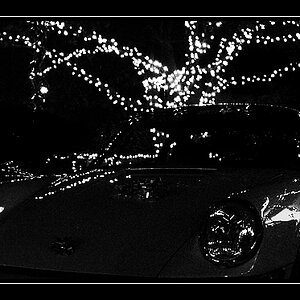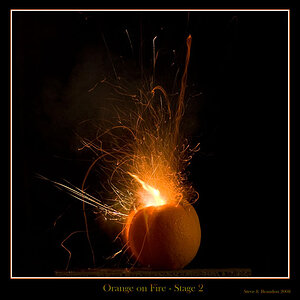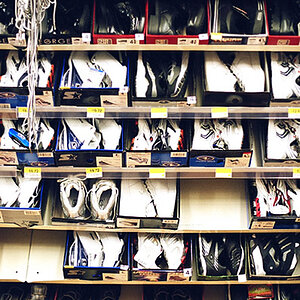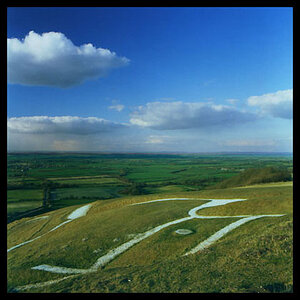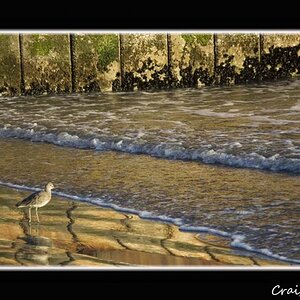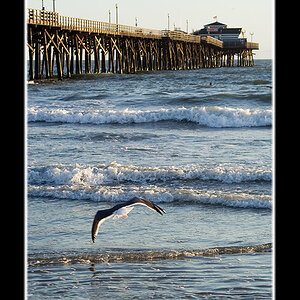GroovyDreamyFab
TPF Noob!
- Joined
- Sep 16, 2013
- Messages
- 1
- Reaction score
- 0
- Location
- Gulfport, MS
- Can others edit my Photos
- Photos OK to edit
I'm new to this forum. I've used a Nikon D70s in the past and currently use a Nikon Coolpix P500. I want to replace this camera. I'm just an amateur photographer and I love photographing my dogs. I enjoy taking lots of action shots. I always felt like the D70s was too much camera for me, however, it did meet my needs. I want a camera with a fast shutter speed (but how fast?) and low lag time. The D70s was up to 1/8000. My current camera is way lower. Do you think 1/4000 would meet my needs? The lag on the Coolpix just kills me. These two things are most important to me, shutter speed and lag time. I am open to cameras other than Nikon for sure. Recently I was eyeing the Canon Alpha Nex-5T. It's up to 1/4000. Any advice would be appreciated.
Cassandra
Cassandra


![[No title]](/data/xfmg/thumbnail/38/38739-1ad36a46750bafbe805f009b4453e8be.jpg?1619738703)
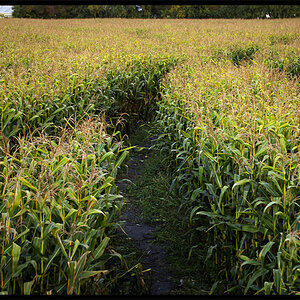
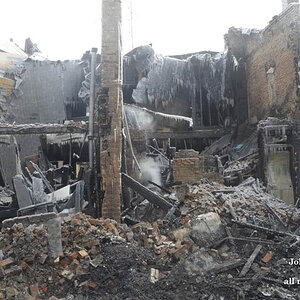
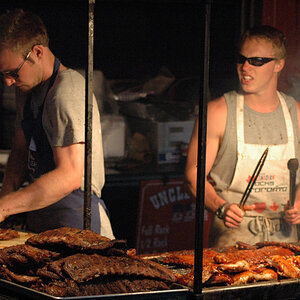
![[No title]](/data/xfmg/thumbnail/38/38737-350089c7ae87f5c983c5362b9b78b671.jpg?1619738703)

